Silang Church
THE CHURCH OF NUESTRA SEÑORA DE CANDELARIA IN SILANG, CAVITE
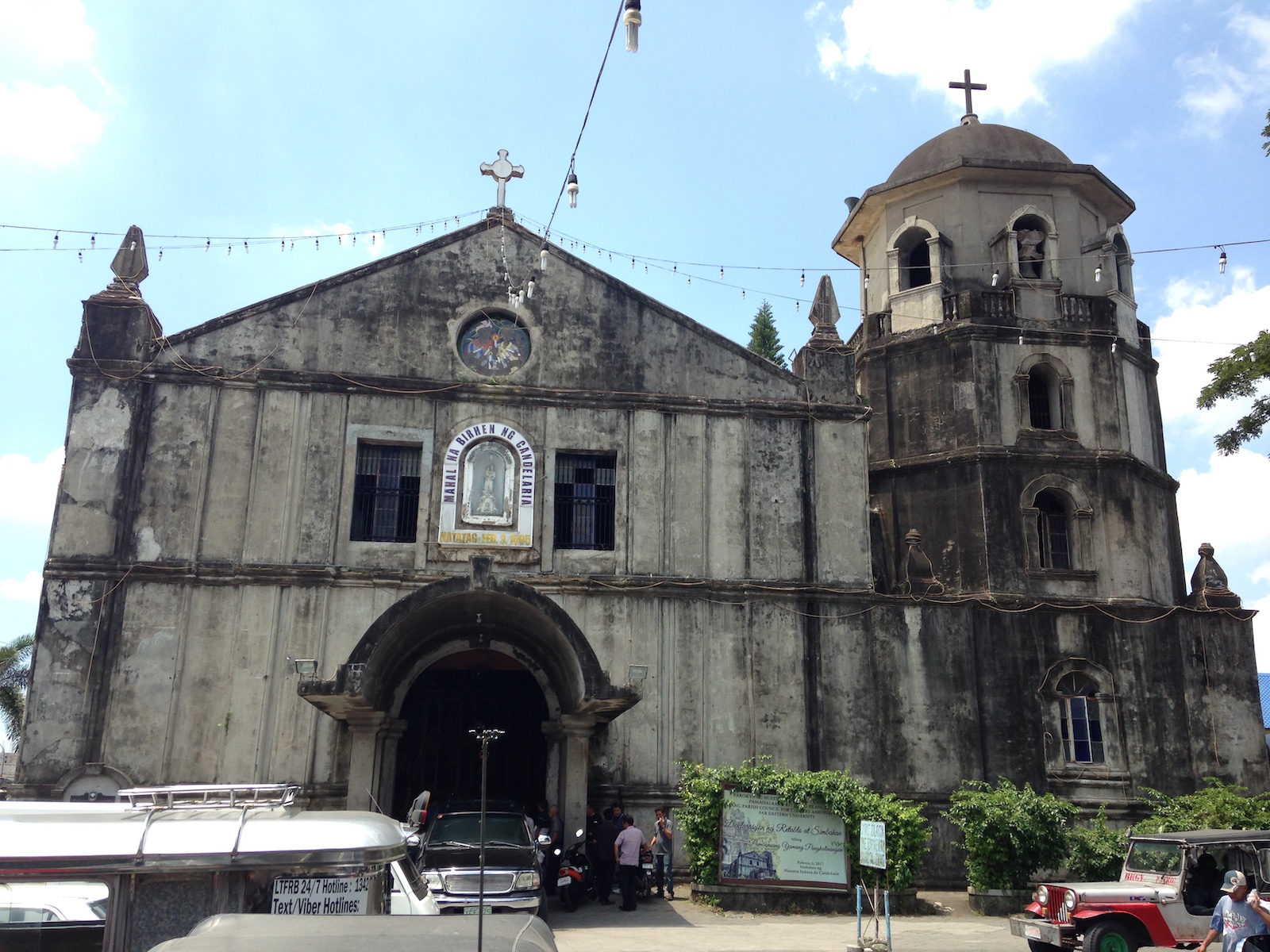
Church Front Facade
In our #MuseumFromHome and #BuiltTraditionThursday series, we are featuring a colonial church architecture introduced by the Jesuits during the Spanish colonial period in Cavite. The Church of Nuestra Señora de Candelaria also known as Silang Church is considered an architectural built heritage, in the province of Cavite.
Silang was established as a parish by the Franciscans in 1595, and a church was built under the patronage of San Diego de Alcala (NHI, 2008). In 1611 the Franciscans ceded Silang to the Jesuits. A church of stone masonry was built by Juan de Salazar, S.J., 1637-1639. The church of Silang was dedicated to Nuestra Señora de Candelaria in 1640. Silang was under the spiritual administrations of the Seculars in 1788, the Augustinian Recollects in 1849, Seculars in 1868, the Congregation of the Immaculate Heart of Mary in 1910, the Seculars in 1913, the Columbans in 1936, and the Seculars in 1978 until the present (NHI, 2008).
The Church of Nuestra Señora de Candelaria is a church-convent complex located in a parcel of land in the historic core of the Municipality of Silang. The church complex is typical of Spanish colonial church architecture built mainly of stone masonry, cruciform in plan, with lateral walls supported by buttresses. The church layout is oriented with its nave in north-south axis, its altar on the north, and its main portal on the south. The bell tower is on the east of the nave or the epistle side of the church. Northeast of the church is an adjacent two-story convent.
The architectural exterior of the church features a simple pedimented south façade, divided horizontally by mouldings, and vertically by pilasters into segments with a triangular pediment. The first level has a central bay with a semicircular arched main portal. The second level features two windows and a central arched niche that displays the statue of the Nuestra Señora de Candelaria.
The architectural interior of the church features three altarpieces — a retablo mayor and two retablos menores designed along Baroque (Rococo) lines. According to Rene B. Javellana (1991), the altarpieces have catechetical intent. The main retablo (c.1663) as the centerpiece of the church interior is a visual hagiography of Mary. The altar on the epistle side depicts Jesuit saints, while the altar on the gospel side are adorned with women saints. The altarpieces are built and assembled from wood components making use of traditional craftsmanship and jointed connections to form architectural structures partly attached to the church masonry walls. These altarpieces form part of the immovable features of the architectural interior of the church. As a showcase of Filipino creativity in architecture the church and its altarpieces possess “outstanding artistic and cultural significance representative of a community’s identity, social cohesion, religious devotion, and creativity.”
In 2016, Silang Church referred to as The Retablos Mayor y Menores of the Church of Nuestra Señora de Candelaria and its Church Complex in Silang, Cavite was declared as a National Cultural Treasure by the National Museum of the Philippines. This year the Church of Our Lady of Candelaria in Silang was elevated as a Diocesan Shrine.
Silang Church is in fair to good state of conservation and maintenance. While the church complex has undergone interventions, these are recognizable, and reversible. Mindful that the preservation, conservation and/or maintenance of the built heritage property can be best implemented with the inclusive partnership of the church community and the local stakeholders, the Silang Parish Council for Culture and Heritage (SPCCH) have initiated proposed projects in coordination with the national government agencies such as the National Museum of the Philippines (NMP) and National Commission for Culture and the Arts (NCCA).
Silang Church, one of the few remaining church complex built during Spanish colonial period in Cavite exemplifies Philippine built traditions of our National Cultural Treasures that is worthy of preservation and restoration.
Text by Ar. Arnulfo F. Dado, Museum Curator II, NMP AABHD and photos by Erick E. Estonanto from the NMP – AABHD Photo Collection
-
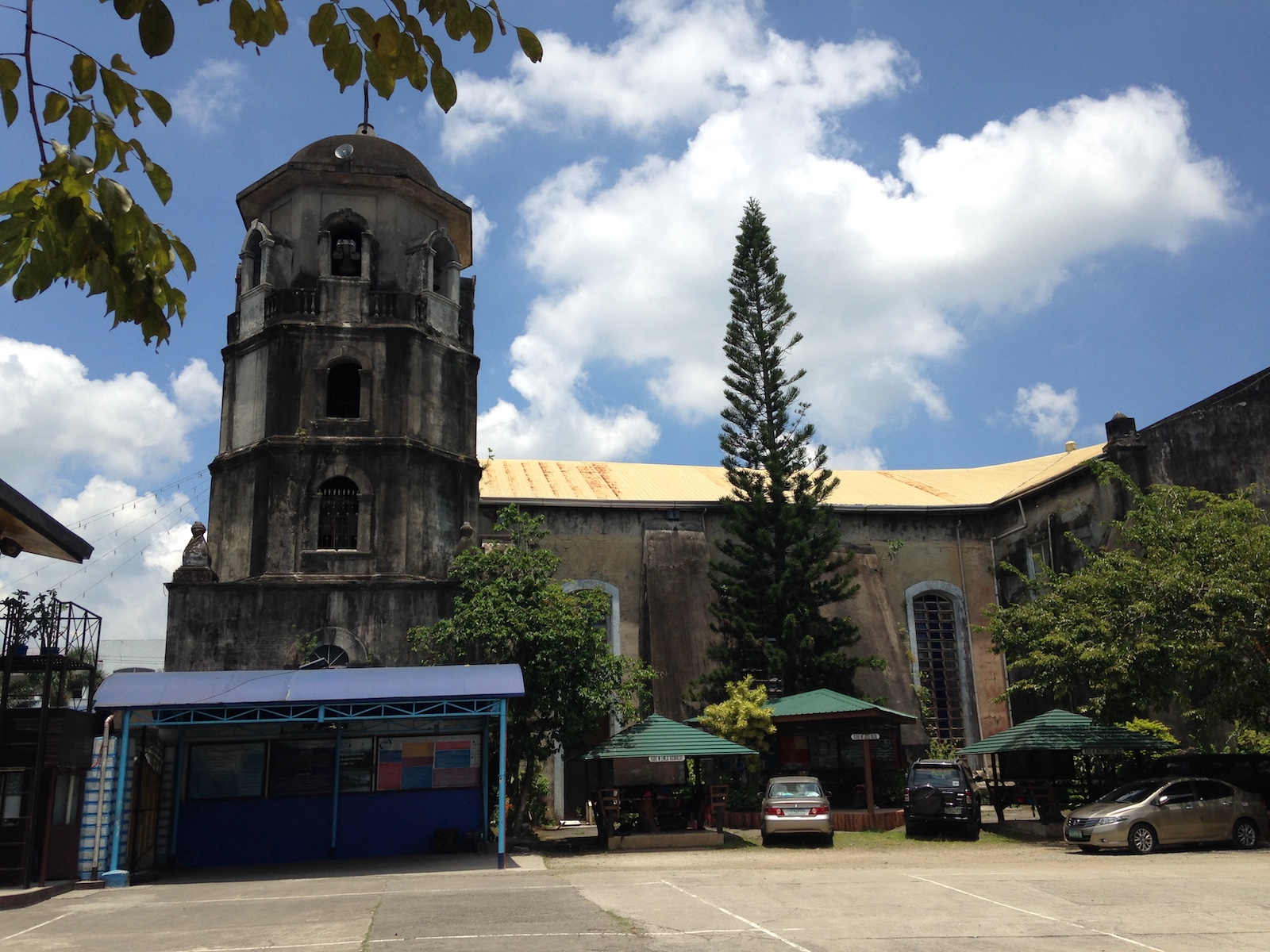
Church Bell tower
-
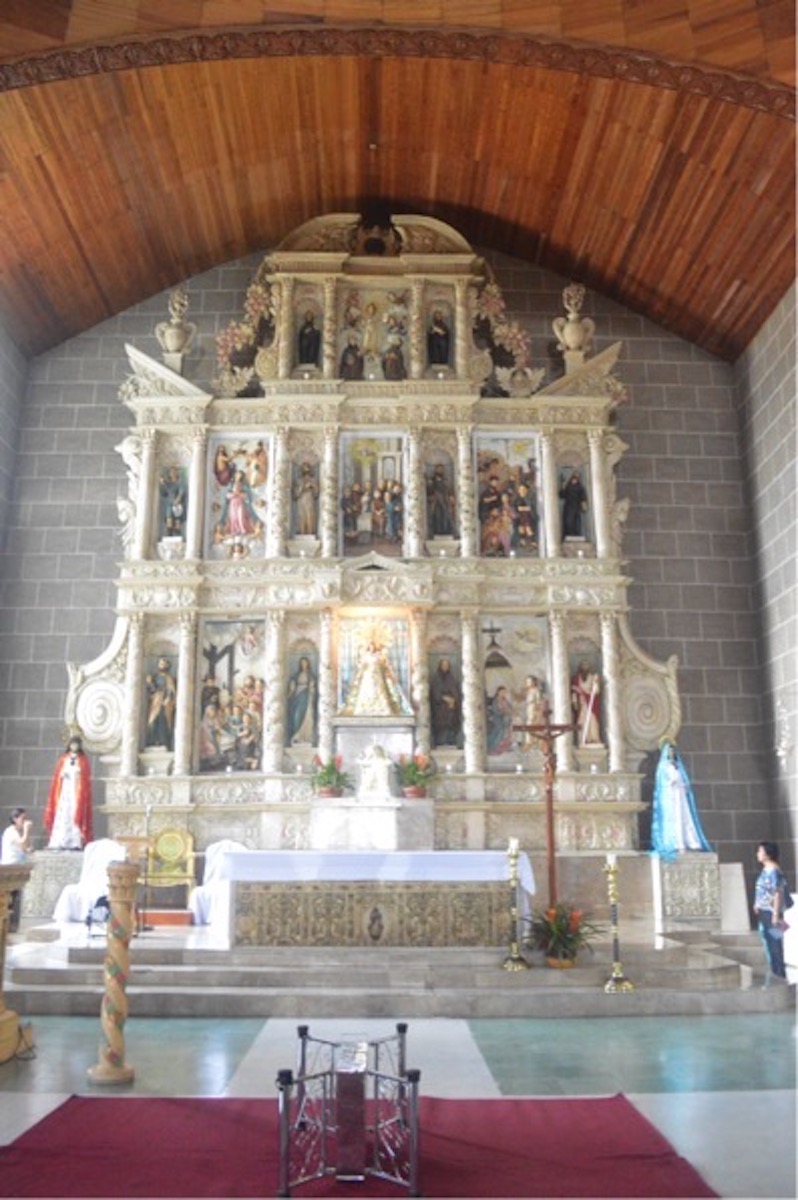
Silang Main Retablo
-
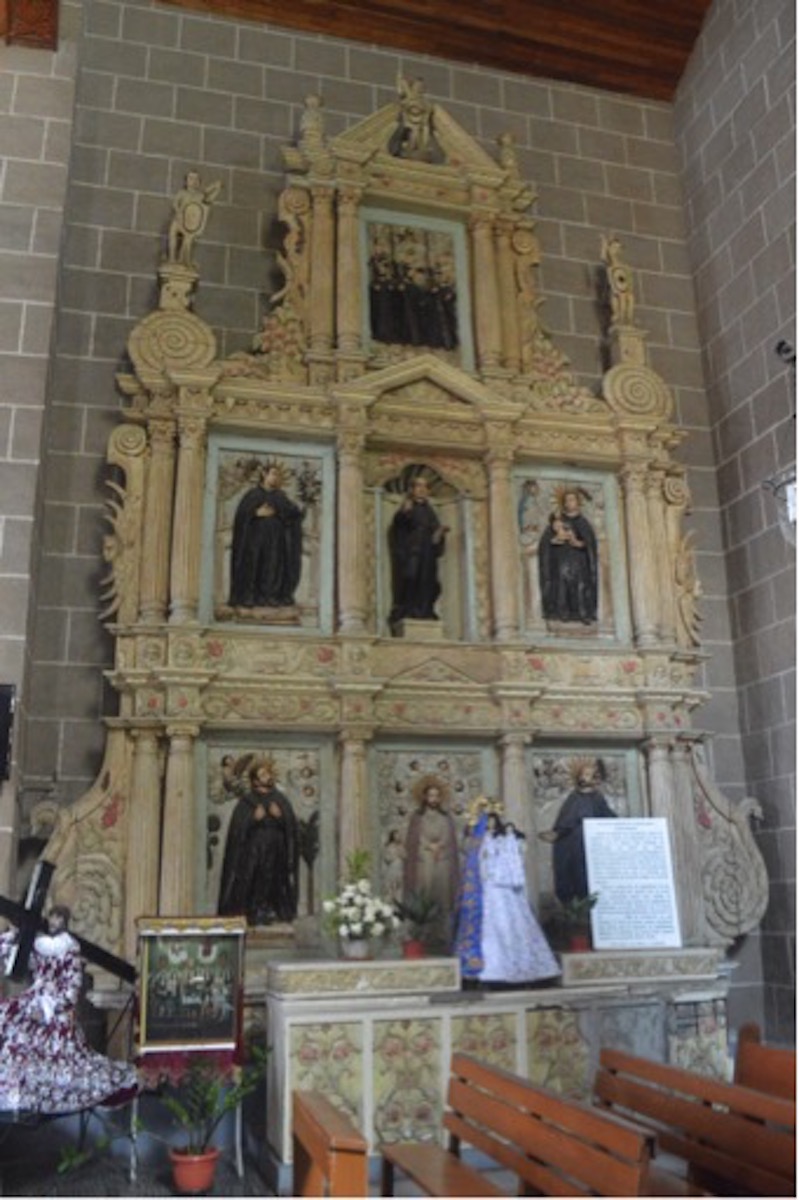
Silang Retablo Epistle Side
-
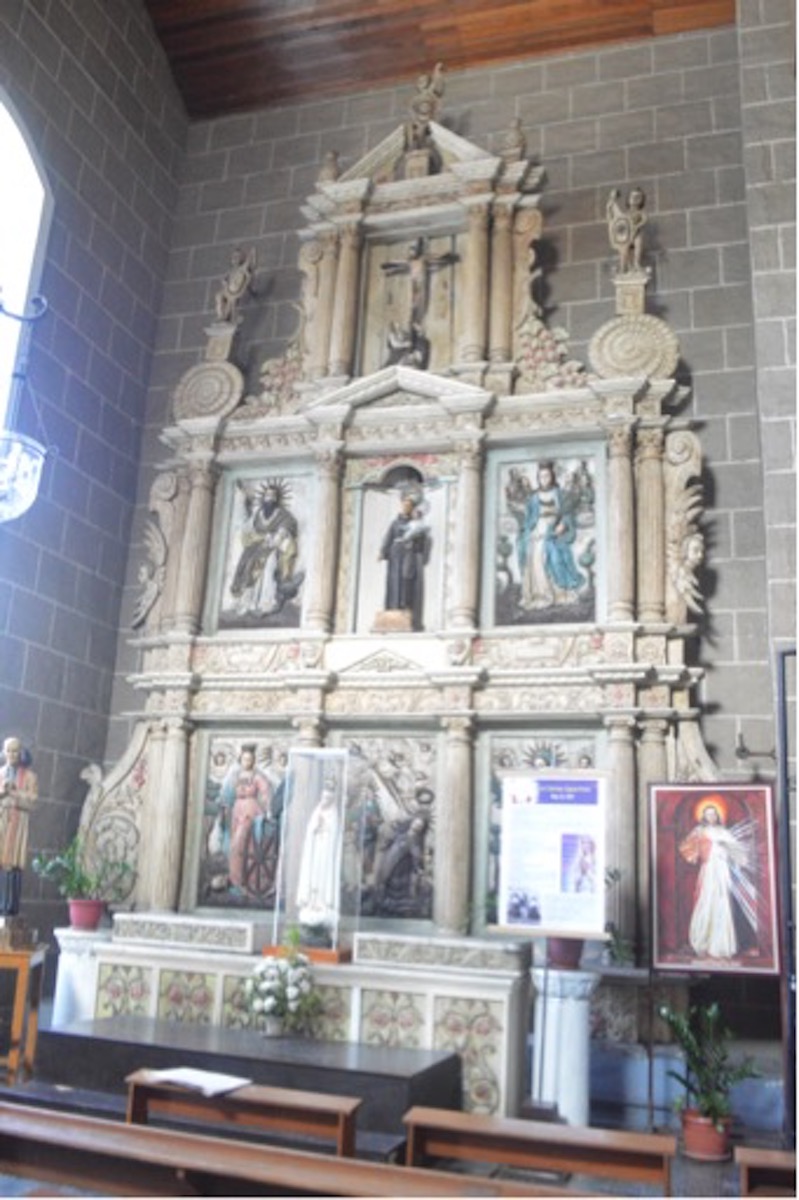
Silang Retablo Gospel Side













